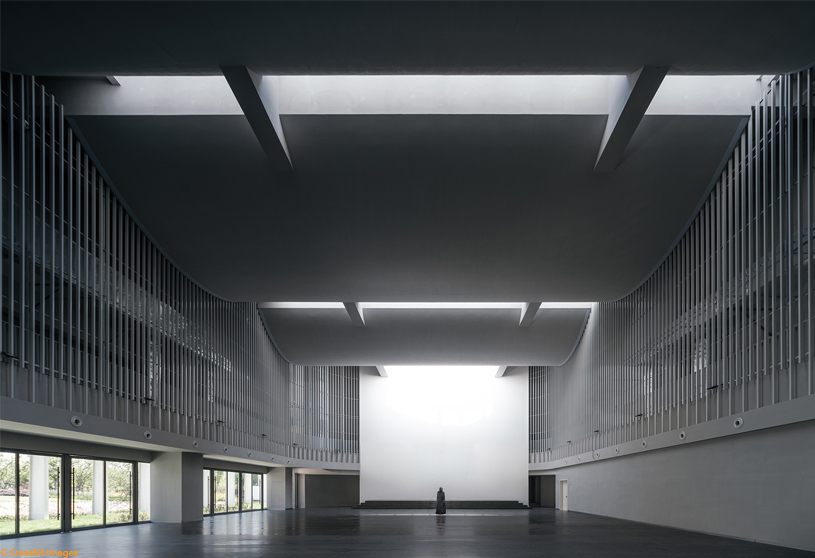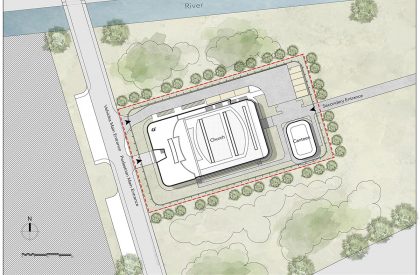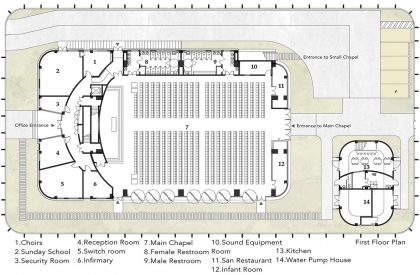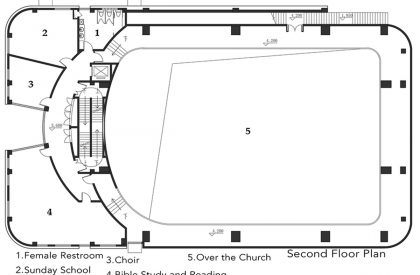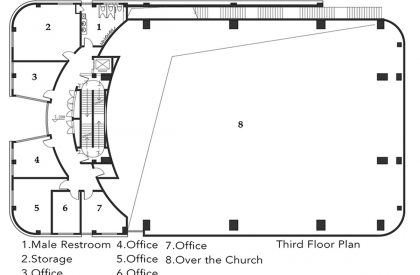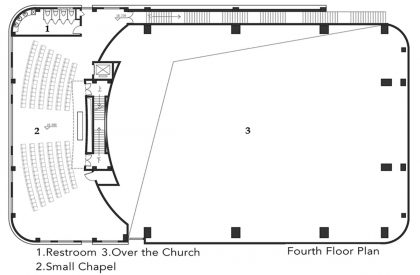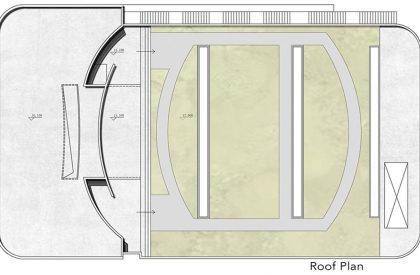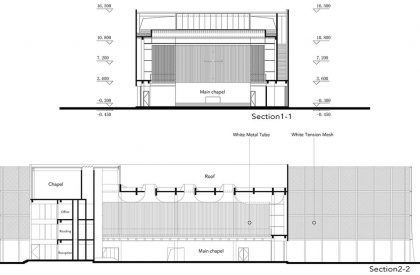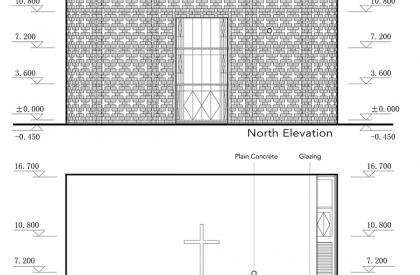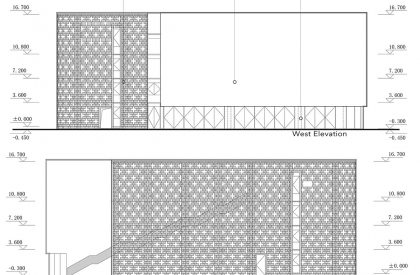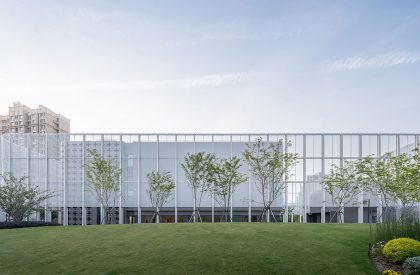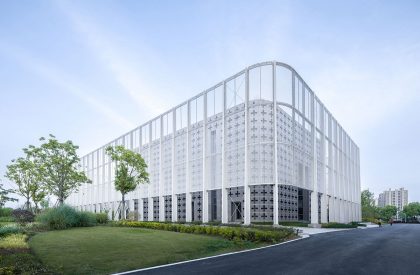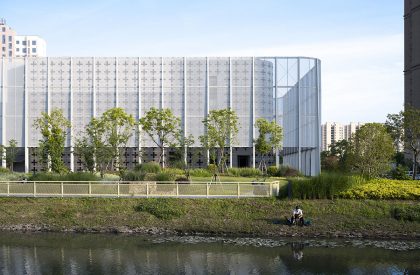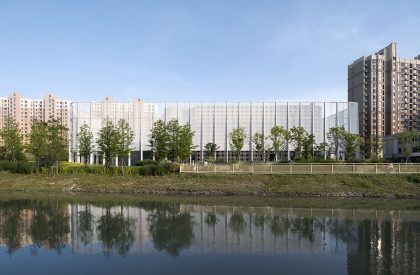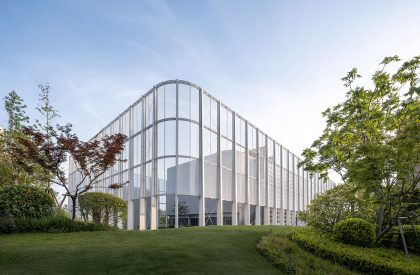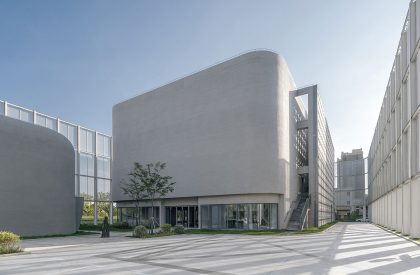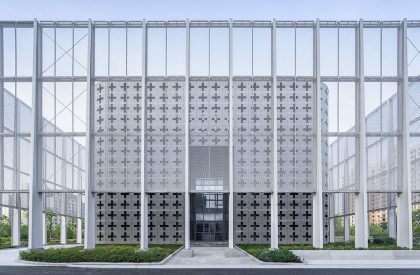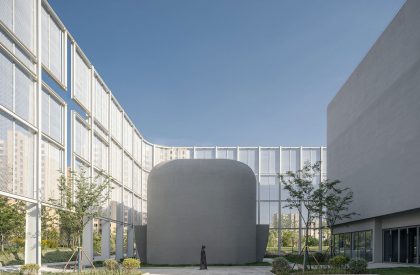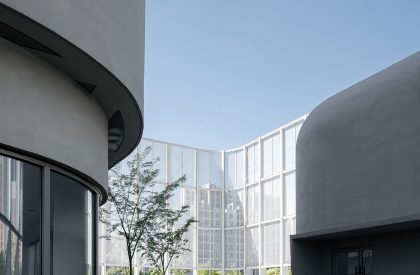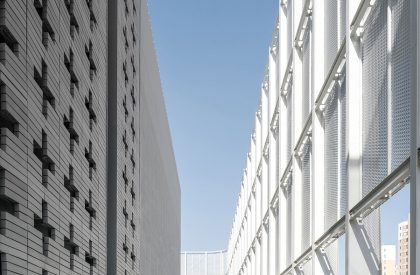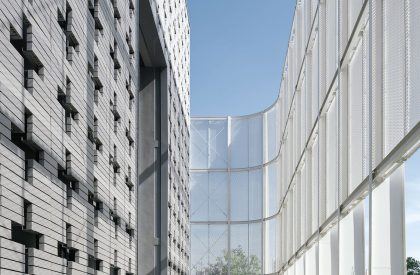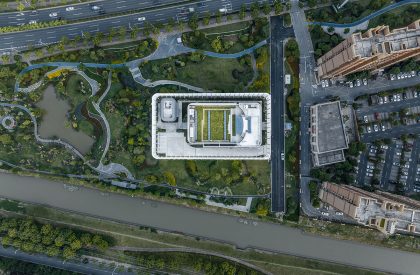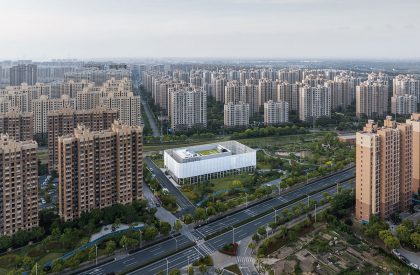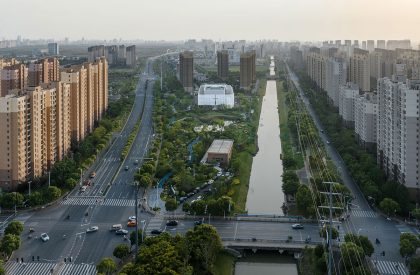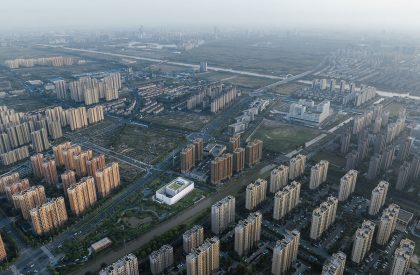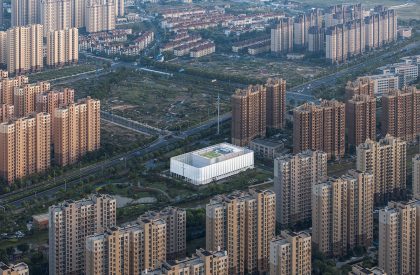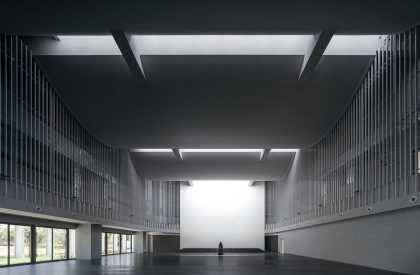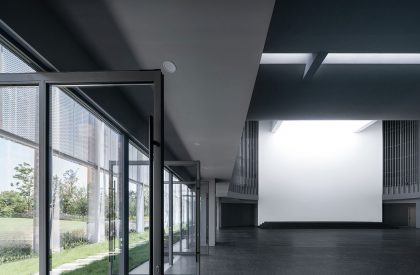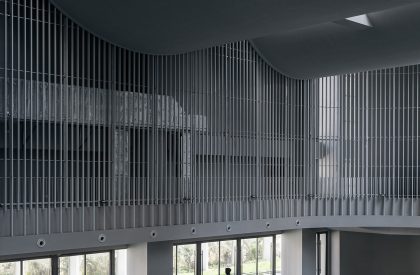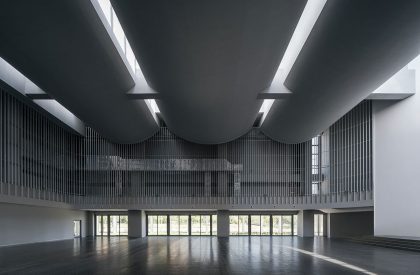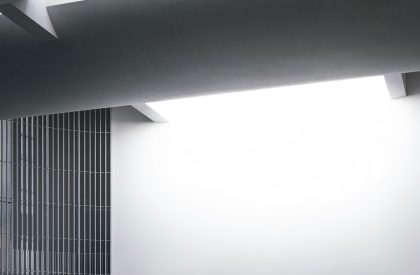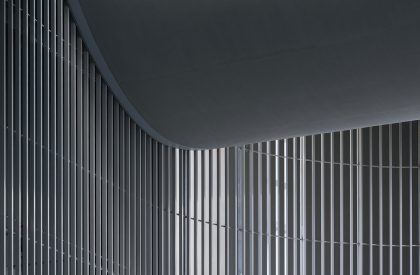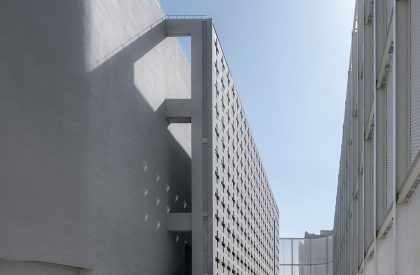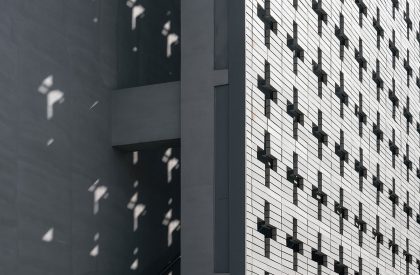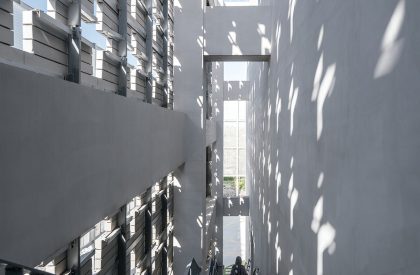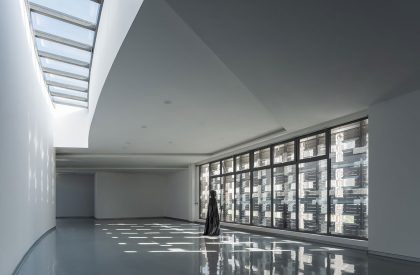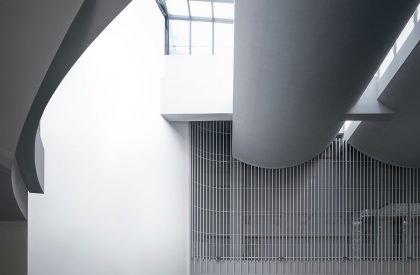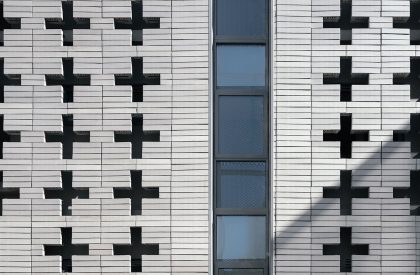Excerpt: Fengxian Qixian Jesus Church by Wutopia Lab is an architectural project that explores the use of translucency as a contemporary expression. A translucent enclosing “veil” as a visual boundary was erected around the architectural control line, while the main and ancillary buildings are placed within this field defined by this “veil”. Together, with the visual boundary of the “veil”, they form a complete architectural expression.
Project Description
“What really matters in life is not what happens to you, but what you remember and how you remember it.”
-Gabriel Garcia Marquez
[Text as submitted by architect] In June 2023, the Fengxian Qixian Jesus Church, designed by Wutopia Lab, was finally completed after eight years. At the time of the commencement of the project, the architect was fascinated by the use of translucency as a contemporary expression of what he understood to be the restrained beauty of Jiangnan and the struggling forces behind it.
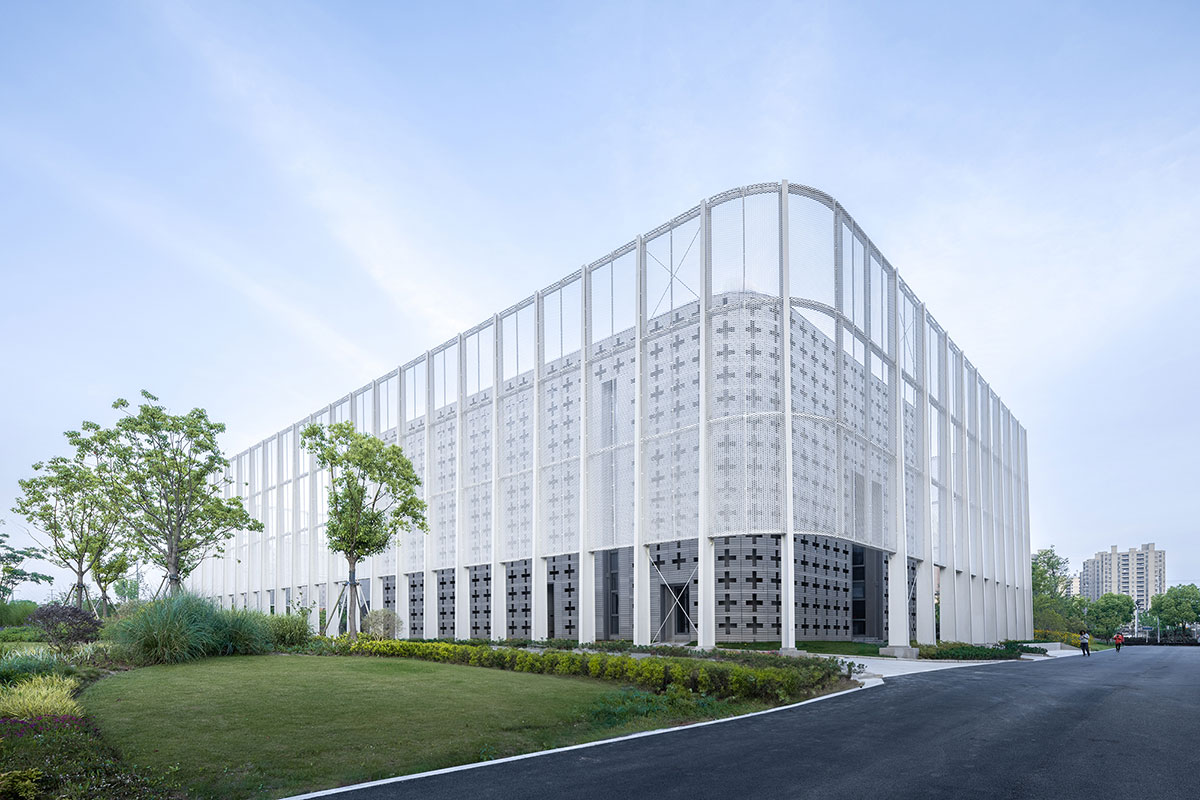
Uniqueness with a bit of moderation: The brief called for the main and ancillary buildings to be separated. It was decided to use the 16.7-metre-high main hall as the core of the main building, inserting offices and other facilities on its west and north sides while placing the small auditorium on the highest level of the office area to create a vertical community. The ancillary building is the canteen. A translucent enclosing “veil” as a visual boundary was erected around the architectural control line, while the main and ancillary buildings are structures within this field defined by this “veil”. Together, with the visual boundary of the “veil”, they form a complete architectural expression, a complete place.
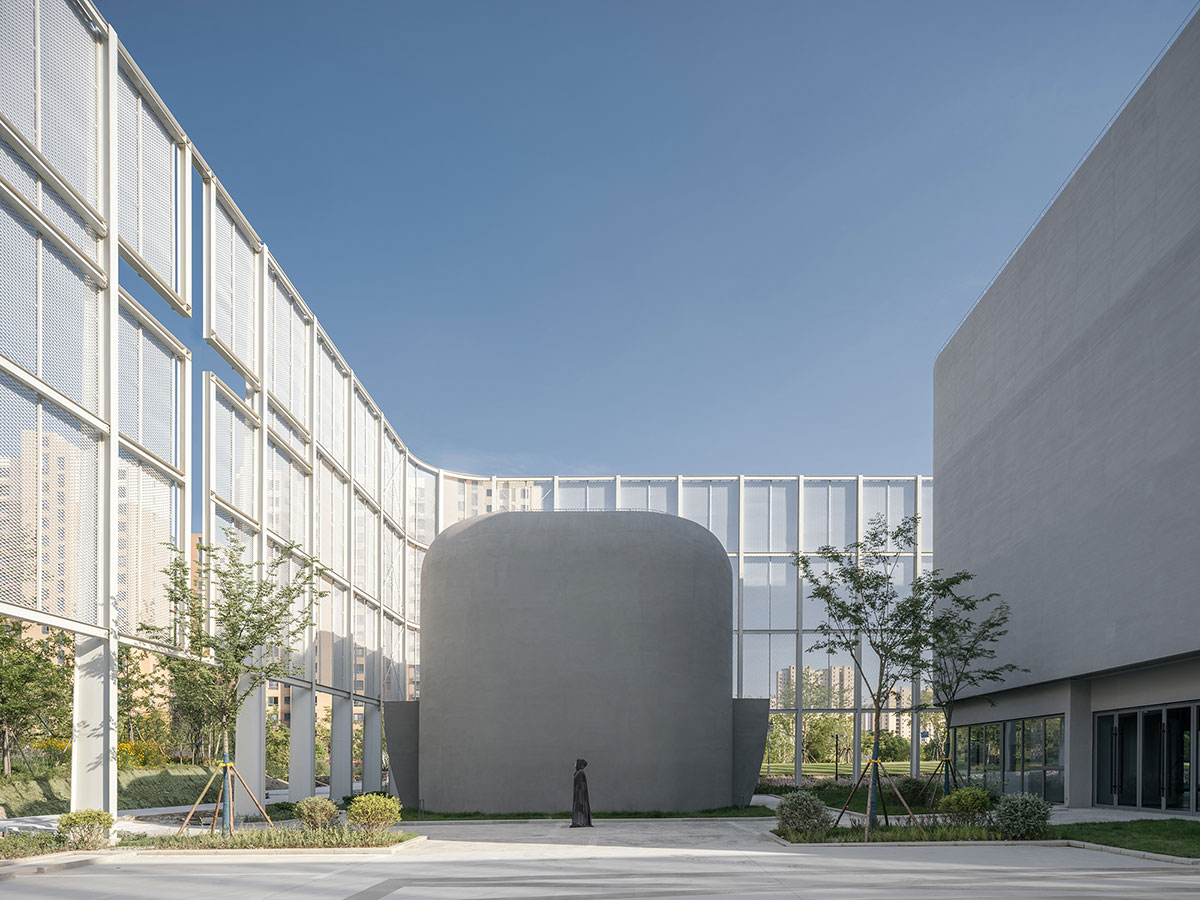
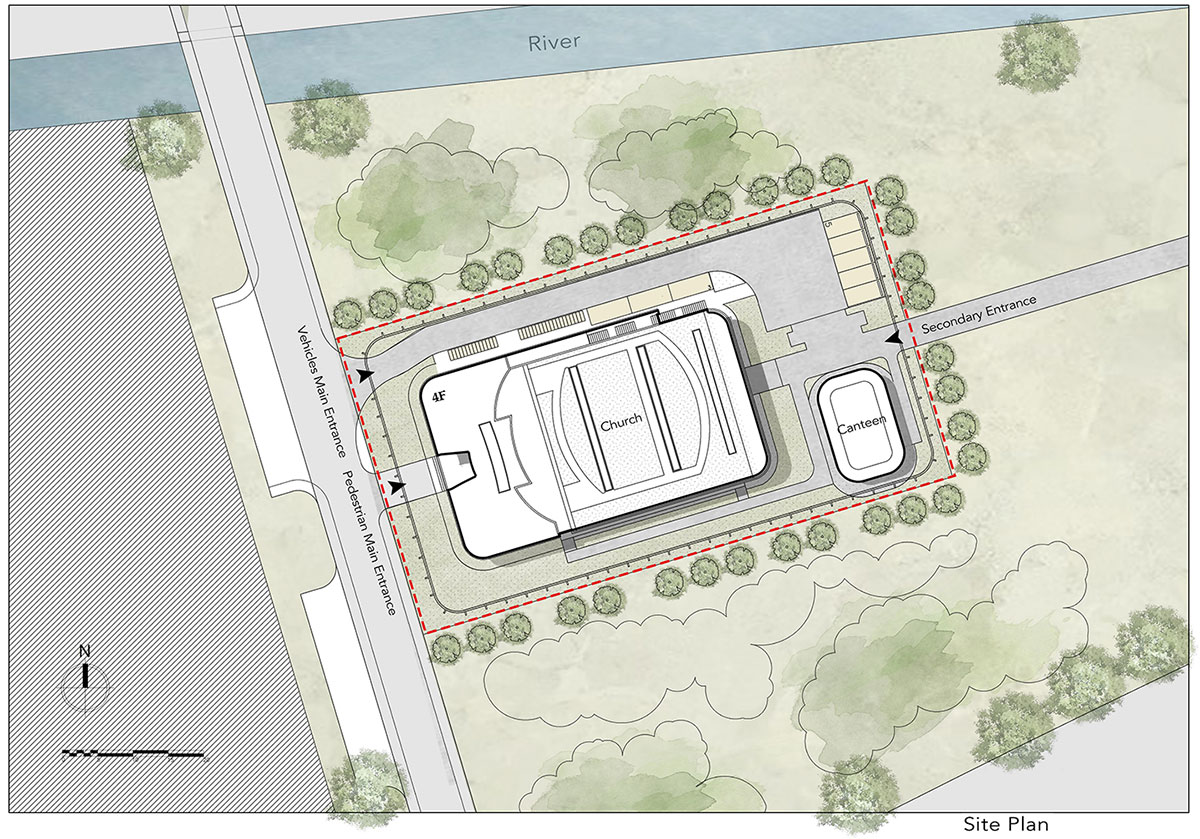
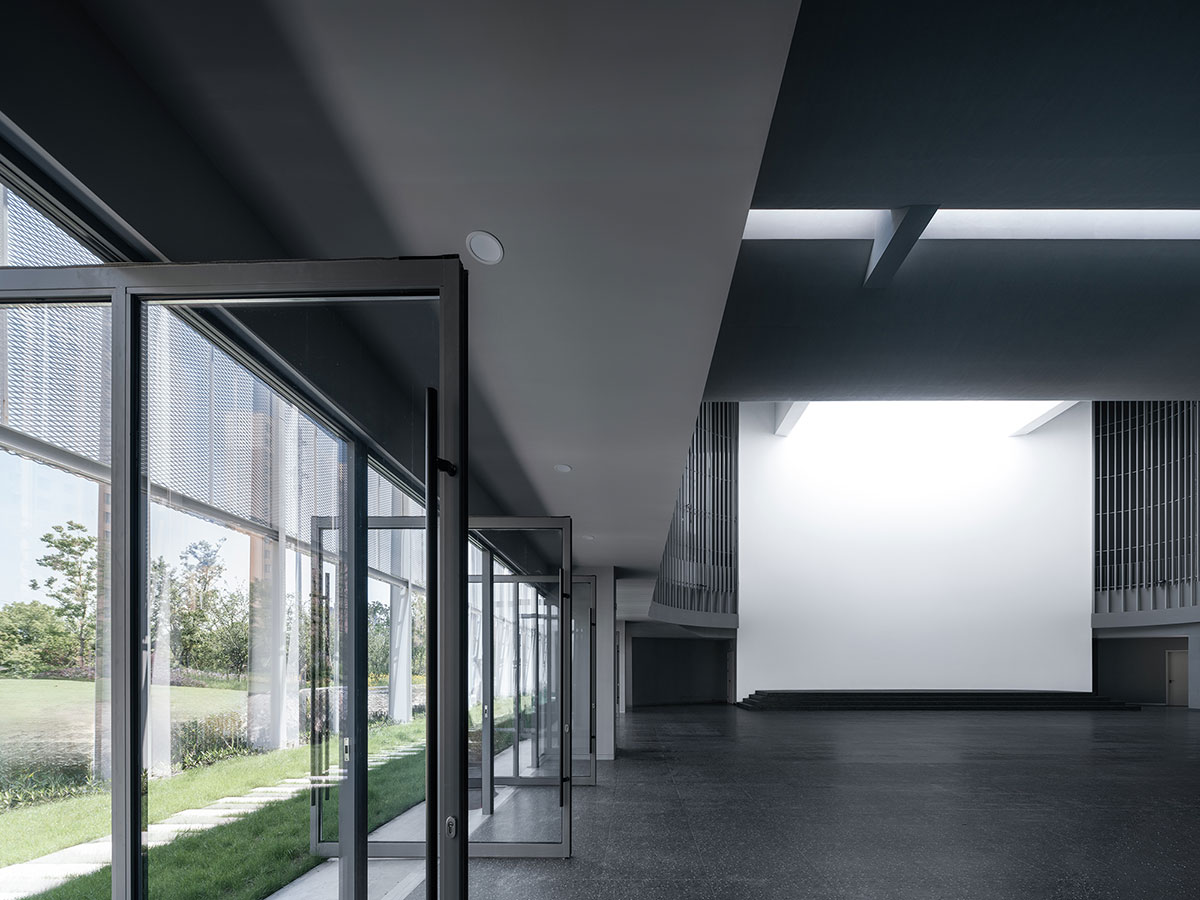
The next goal was to maintain a sense of symmetry within the building. However, in the site plan, firstly, the centre lines of the main building were adjusted so that they were parallel but not on the centre line of the base, and secondly, the centre lines of the auditorium were made parallel to each other but not according to the centre line of the main building.
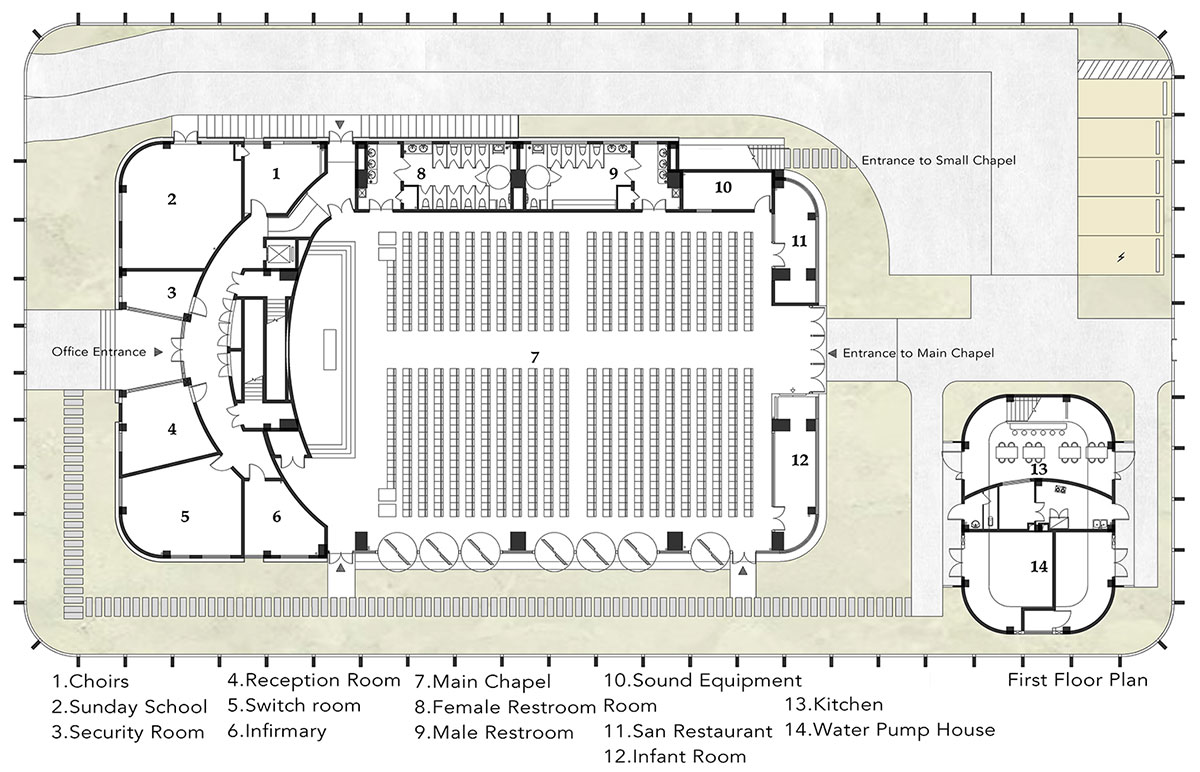
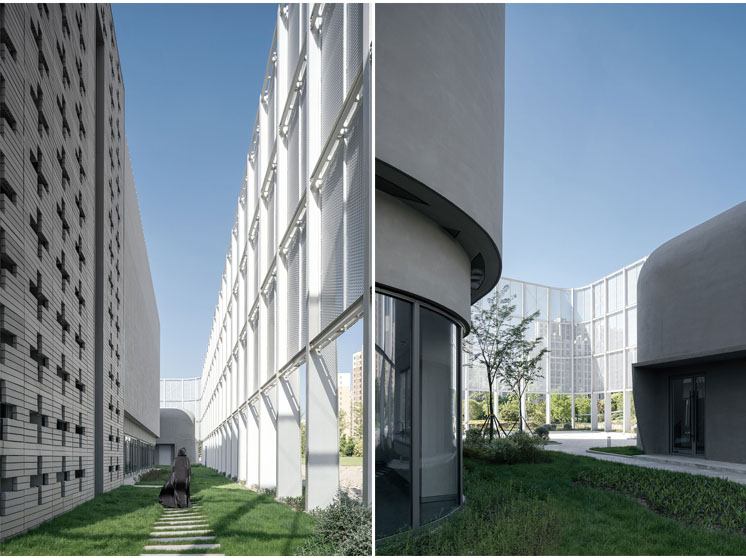
This new layout not only avoids the rigidity of conventional symmetry but also opens up possibilities for some lively vitality while maintaining the sanctity of symmetry in areas in need. Another advantage of this adjustment is that the first floor of the auditorium can face directly south. When the weather is nice, the main hall can be opened completely southward so that the outdoor field can be used as an extension of the auditorium site. This was also an attempt by the architect to bring the outside into the auditorium.
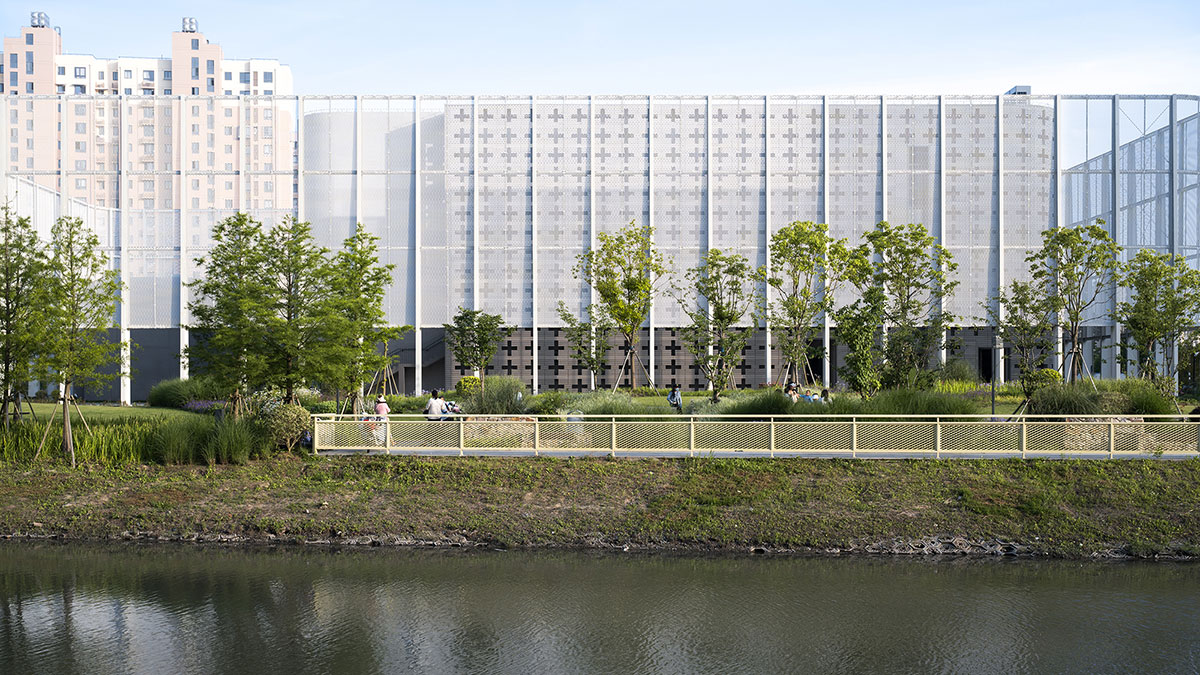
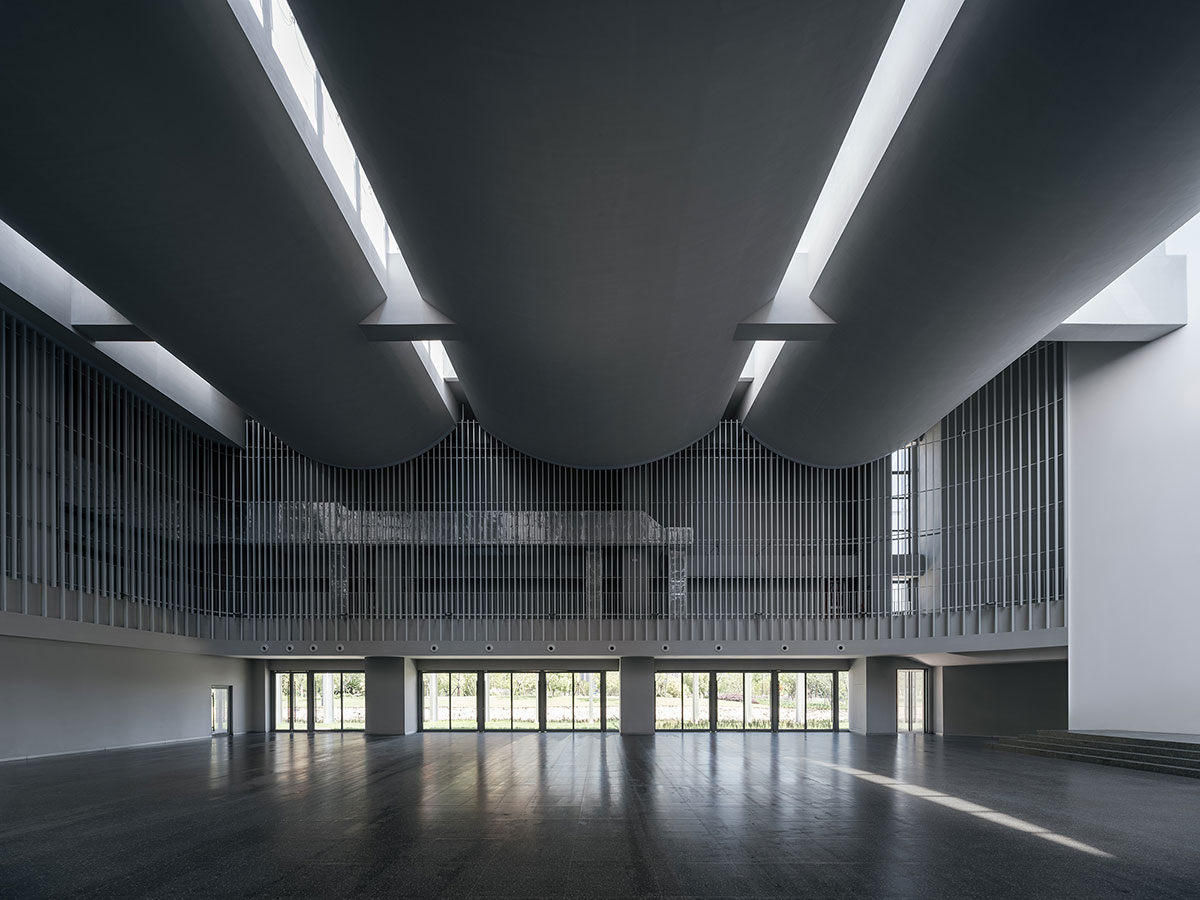
The obscure light of Jiangnan: The translucent “veil” is one of the means by which the architect tries to express the obscure light of Jiangnan through architecture. It can express shadows on the visual interface that change with daylight, and the shadows can either be projections or transmissions of natural or man-made elements. It can also create filtered sunlight in this field enclosed by the visual interface, not so hot but somewhat uncertain, just like the weather in Jiangnan. More importantly, it signifies the field within the interface as a complete place; going inside is like entering new territory.
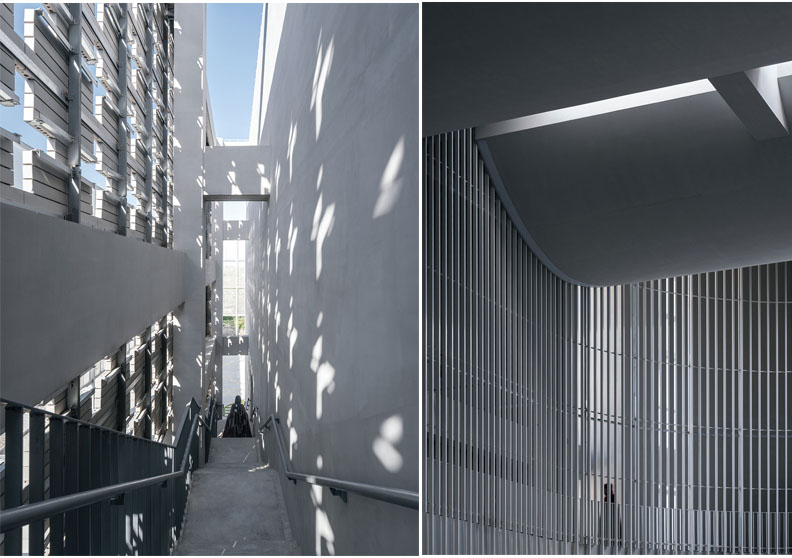
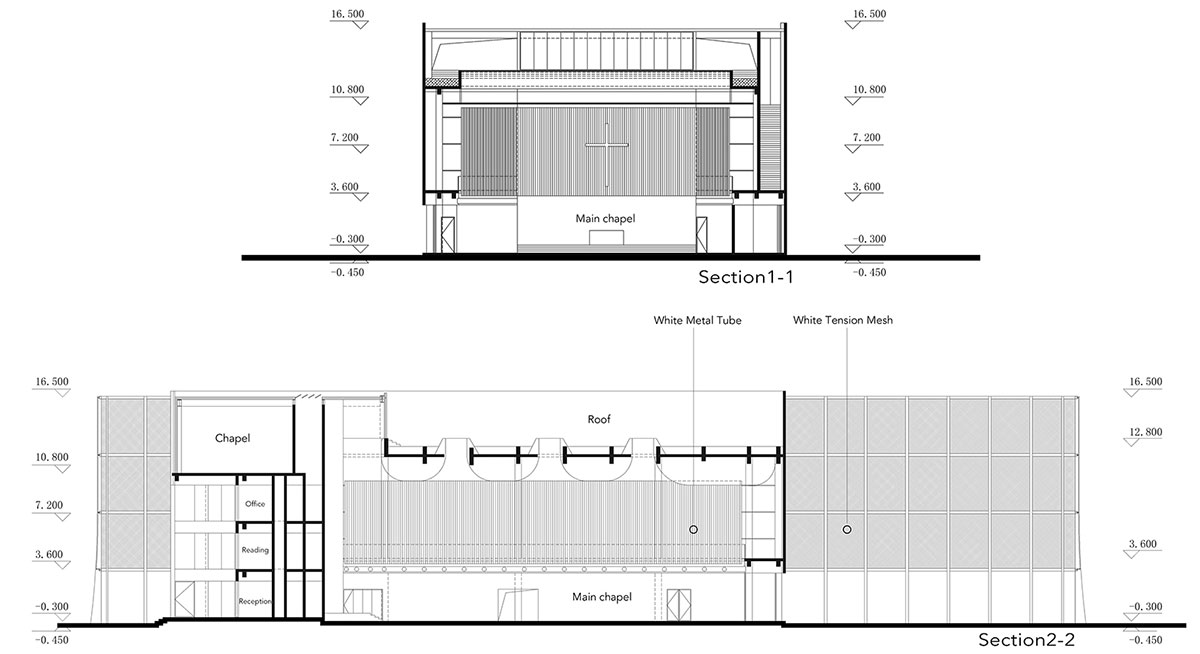
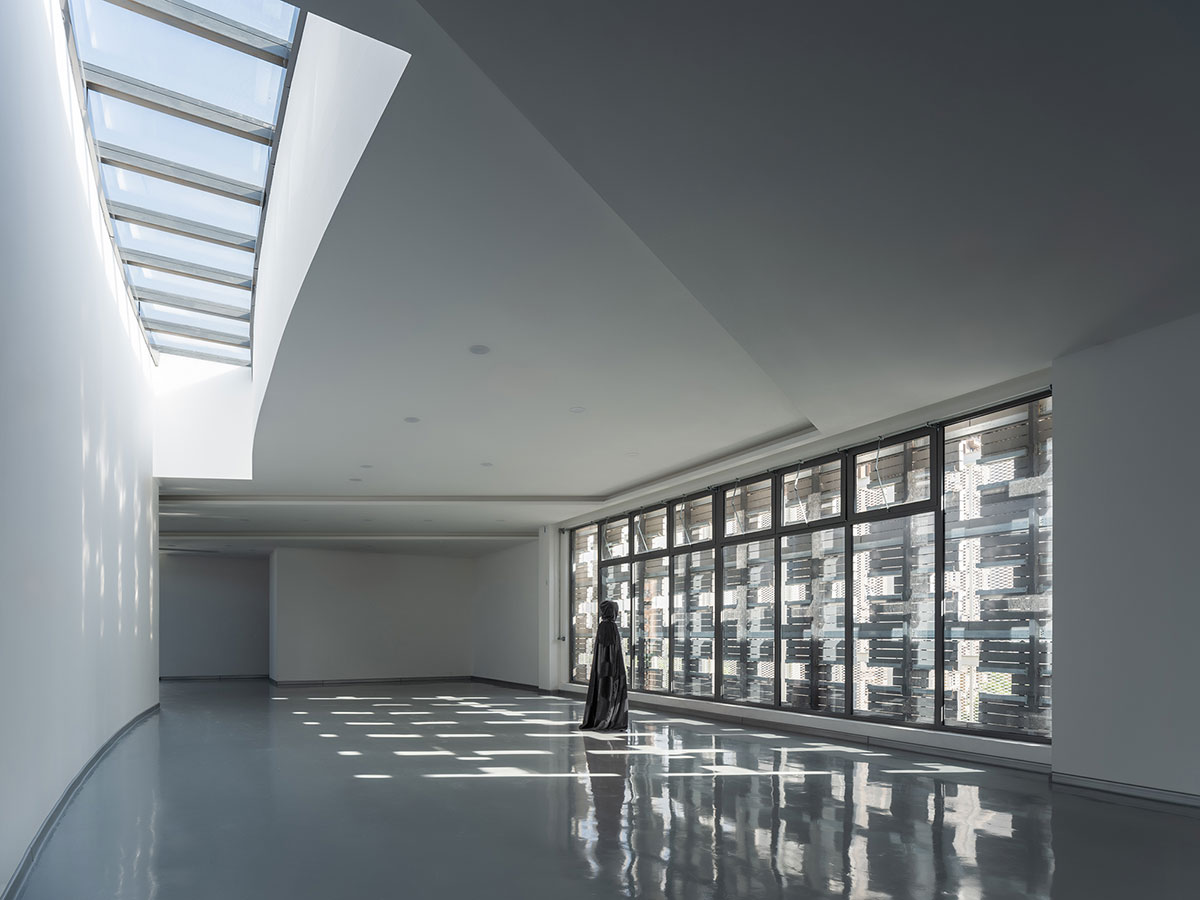
A dense grille was used in the auditorium to form an internal visual barrier in conjunction with the north-south skylights. The vertical continuous reflections of the aluminium grille and the skylight together form a curtain of light that feels like a rain screen; the crowd is within this not-so-intense but encompassing curtain of light, where their hearts belong. Finally, different shades of grey were used to paint different parts of the main building. The ink is divided into five colours, peacefully diffused in the light fog above Jiangnan Lake.
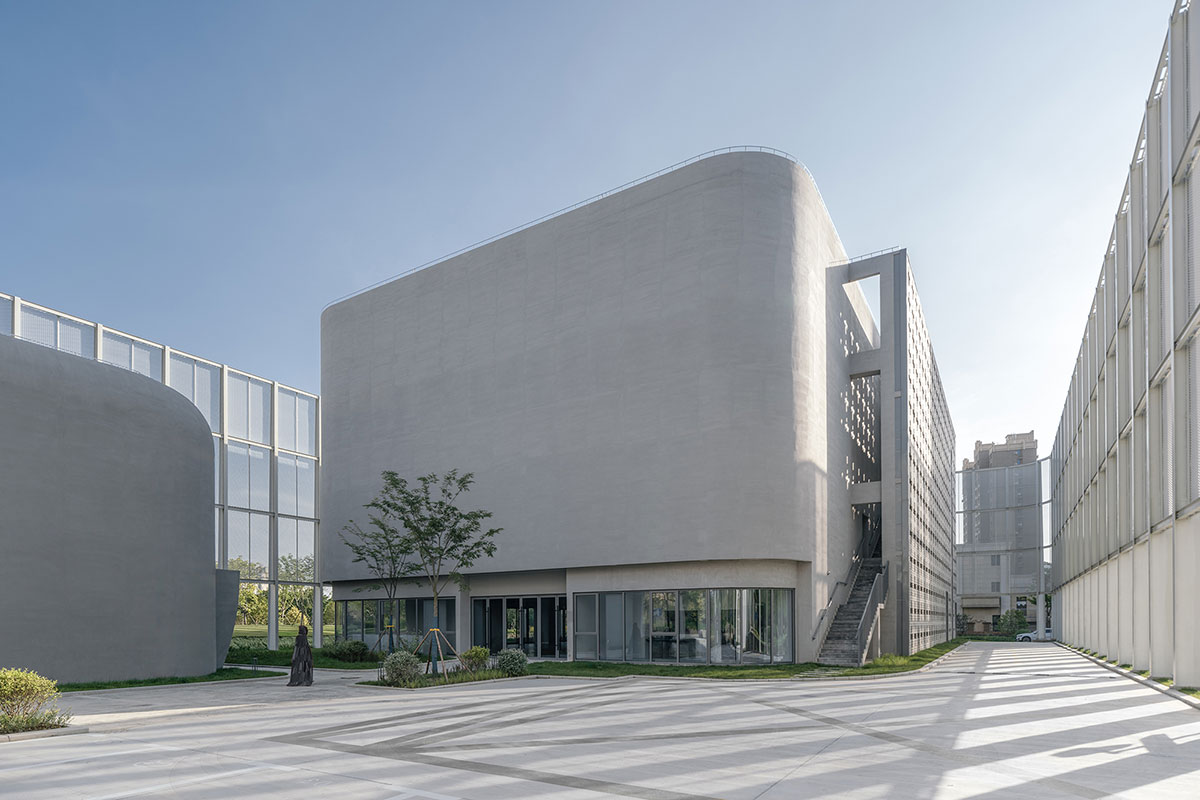
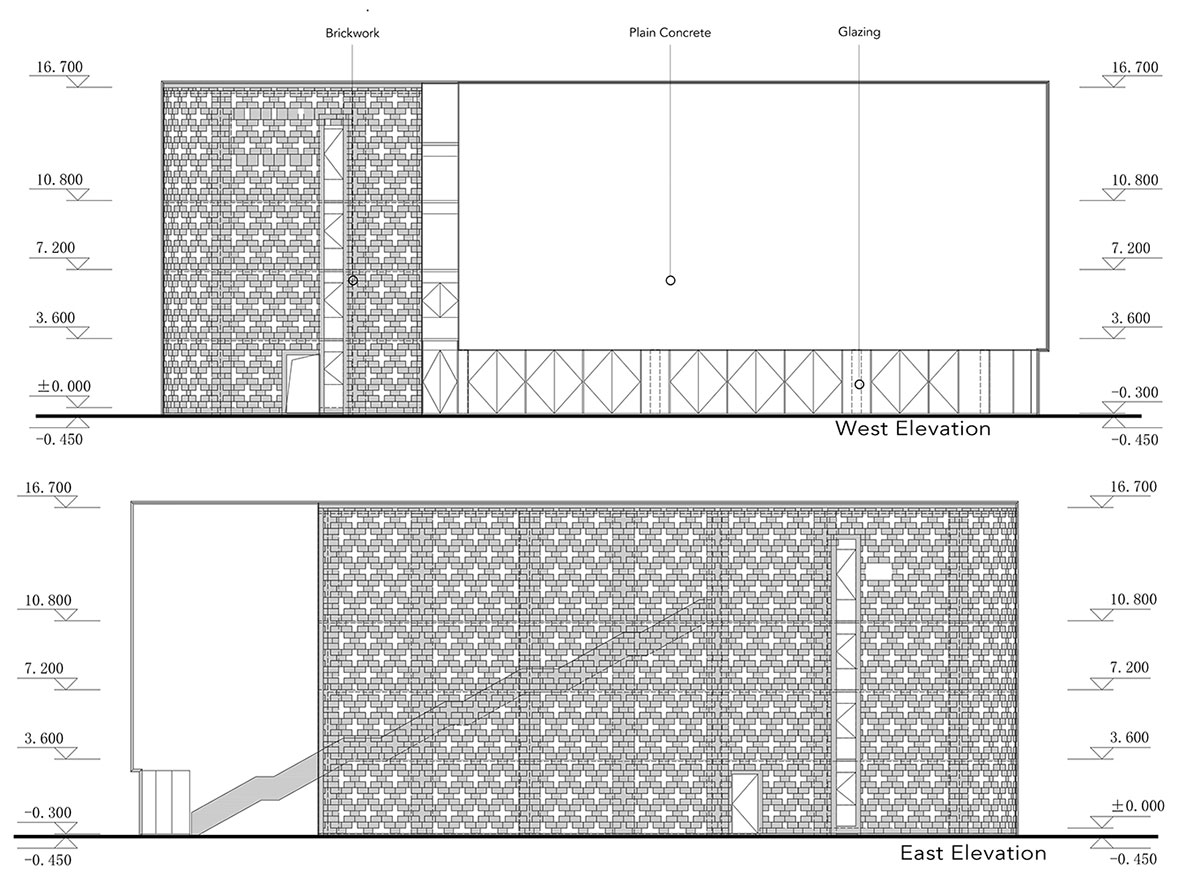
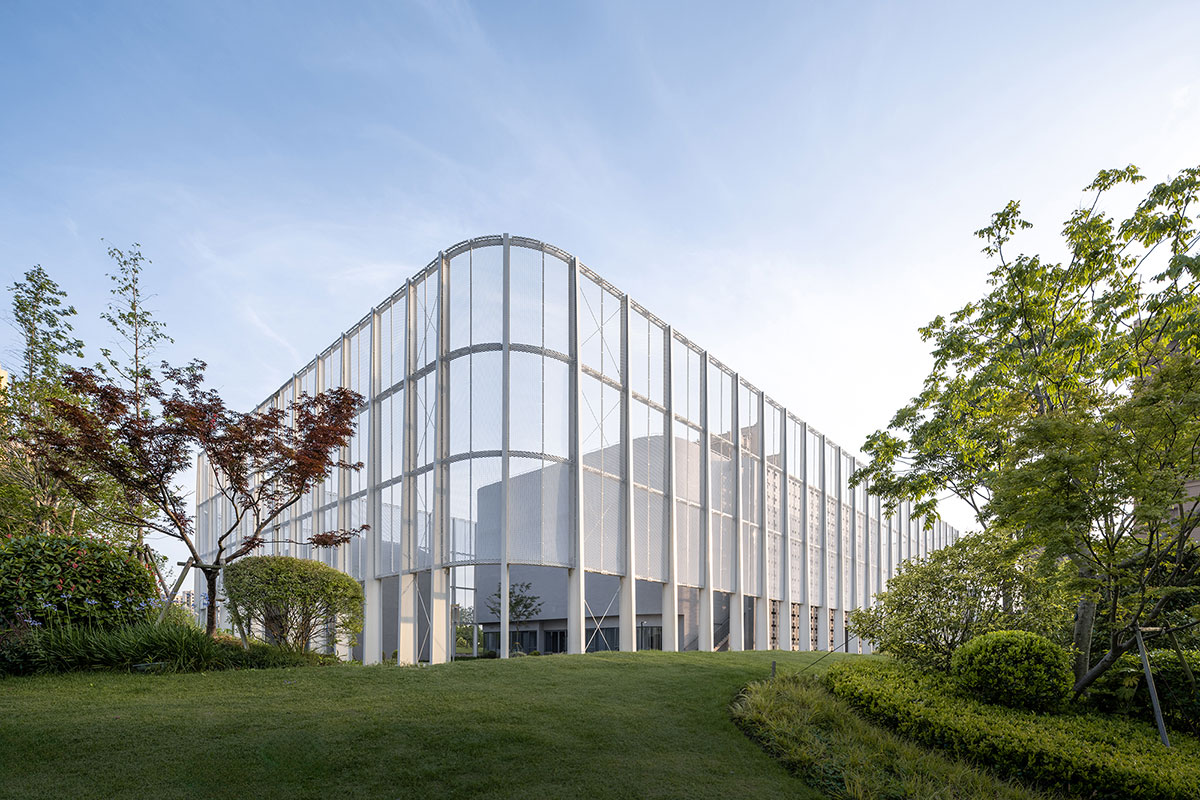
A small change in eight years: the architect used expanded mesh instead of perforated aluminium or solar panels for the “veil”, because it is cheaper and reduces wind resistance better. To ensure the strength and safety of the “veil”, the cross-section of the supporting columns of the “veil” was enlarged while adding diagonal struts to the columns at intervals. In order to avoid additional plan approvals and cost increases due to overruns, it was also agreed to add columns on both sides of the main auditorium to avoid a large single-span space and the addition of two large beams across the curved ceiling, which would interrupt the transverse skylight.
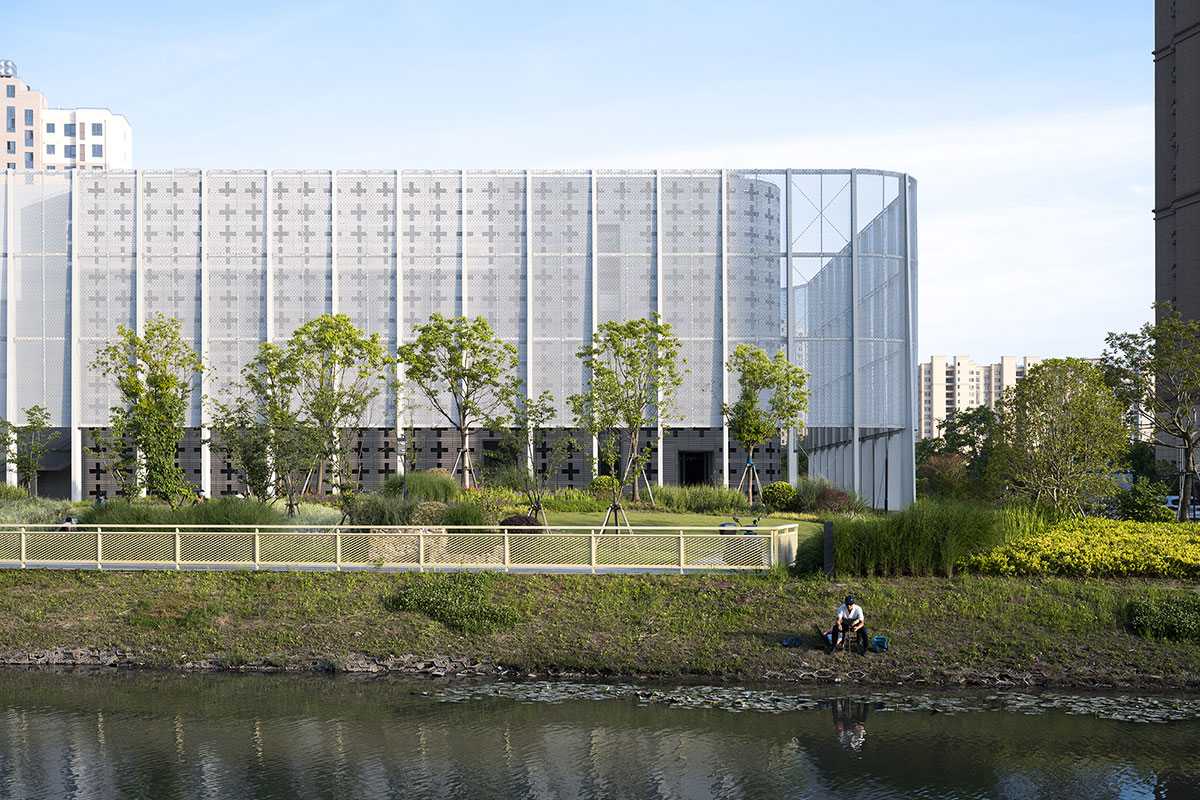

“And that belief is that one person can contribute to restoring order to this world by even the smallest gesture.”
-Amor Towles
